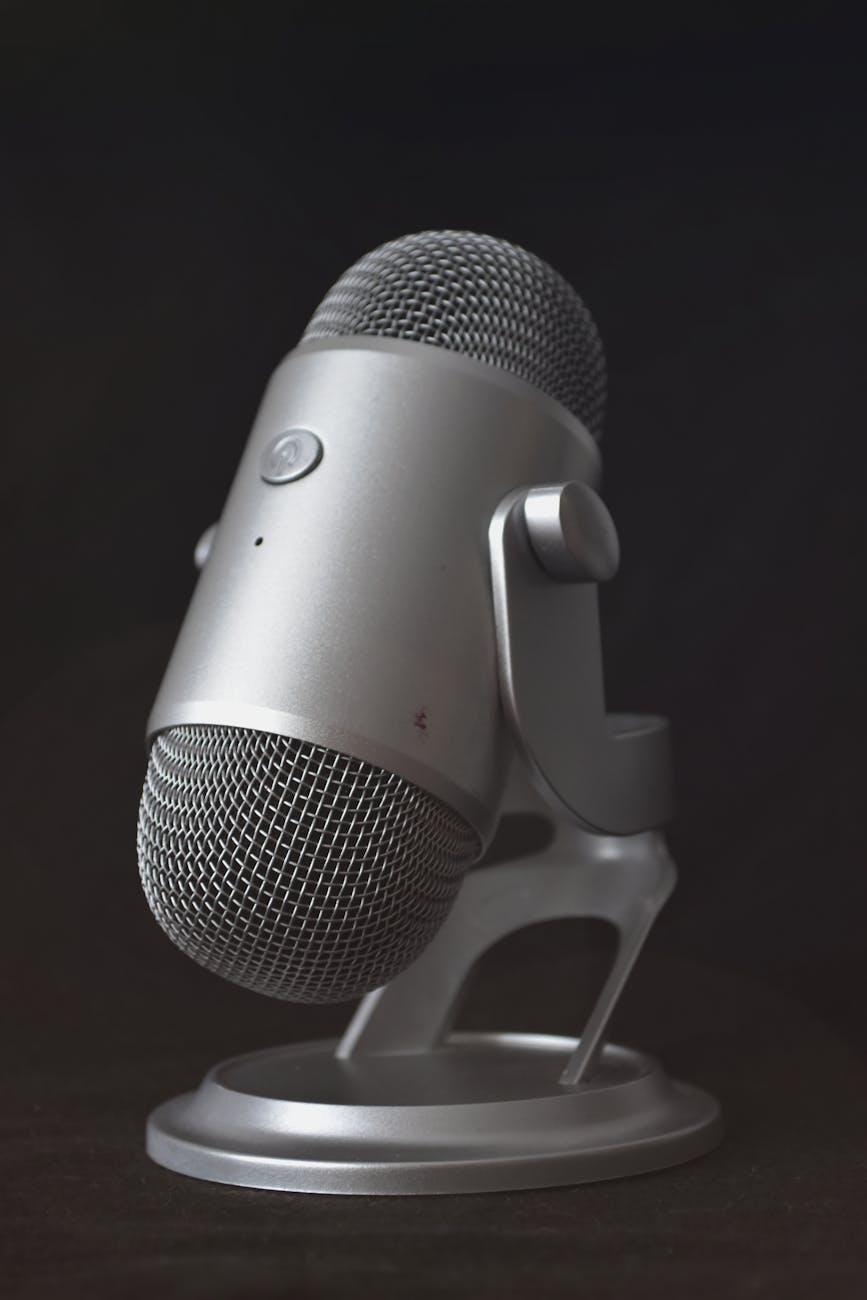OK, Brian has been trying to get his small home computer running. OK, nothing is small when you have a Threadripper, but still. Anyway, the guide to overclocking actually hasn’t changed much in the last 10 years literally.
But for a Threadripper running on an ASUS ROG Strix TRX-40e and a Silverstone 1500W Power supply, here is what we did and found. See the whole part list in PC Part Picker.
So what are the rough steps we went through and what we learned.
- First, you need to stress test your system. The most basic is to run Prime95 and look at your CPU temperatures. Modern Threadripper CPUs should ideal at 45-50C and then run to 80-90C. If your temperatures are different, you probably have a cooling problem.
- If you do have a problem, you need a modern cooler. We’ve used the Noctua NH-14US TR4-SP3 which is a good air cooler. The most likely problem is that you have put too much thermal paste in it. You would think the more the better, but what you want as thin a layer as possible.
- Once you run it flat out, you need to keep it going for at least 24 hours. There are two reasons for this, it will weed out components that are going to fail early. Called infant mortality in the trade. In our case, we ended up with the machine just crashing.
- When this happens, you have to keep taking components out until you have just the processor, the motherboard and the power supply. Ideally, you will have an open tray to layout it out on. But if it doesn’t boot, then you need to first swap the power supply and then the motherboard and hopefully not the processor.
- In our case, the symptom was the board lights would power and you would get a Code 0 on the display and the video cards were not on. So a swap is what you need.
- After you are done with that, you should test your graphics engine. 3D Mark is a good benchmark for this. And again you should run this for 24 hours and make sure your cards are running ok.
- If you are getting too much heat and thermal shutdown, then you need to either find a cooler room, add more cooler fans or back it off. You could move to a water cooler and get a little better, although a water cooler usually only reduces things 2-3C, so you won’t get as much as you think compared with a good air cooler.
Now it’s time to start to overclock. At this point, you have two choices:
- Use the included tuning software. ASUS has one and just make sure the benchmark test time is on the order of a day or so. You will get less overclock but fewer crashes. It’s typical to get 10% overclock for a bit, but once it heats up you can hold it.
- If you do not want to do this, then you set the overclock higher and run the above manually.






